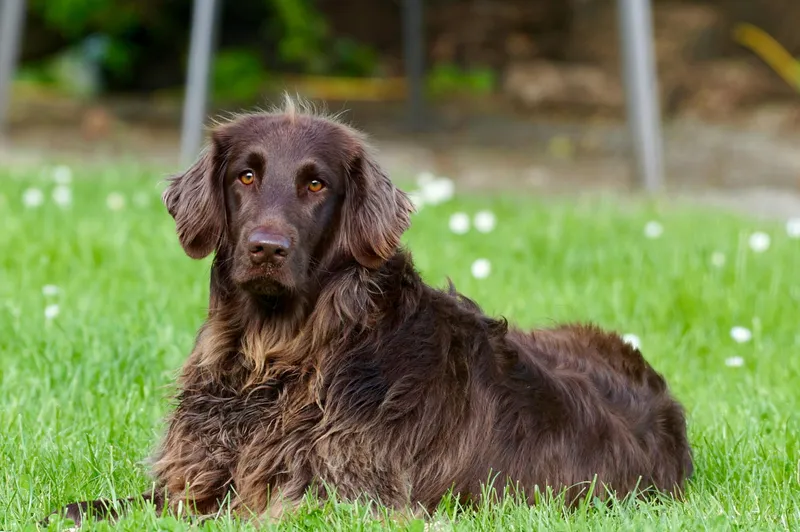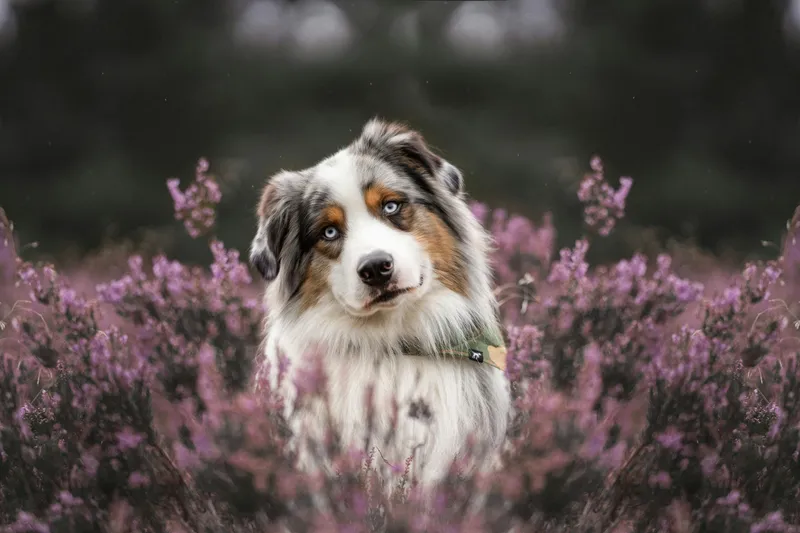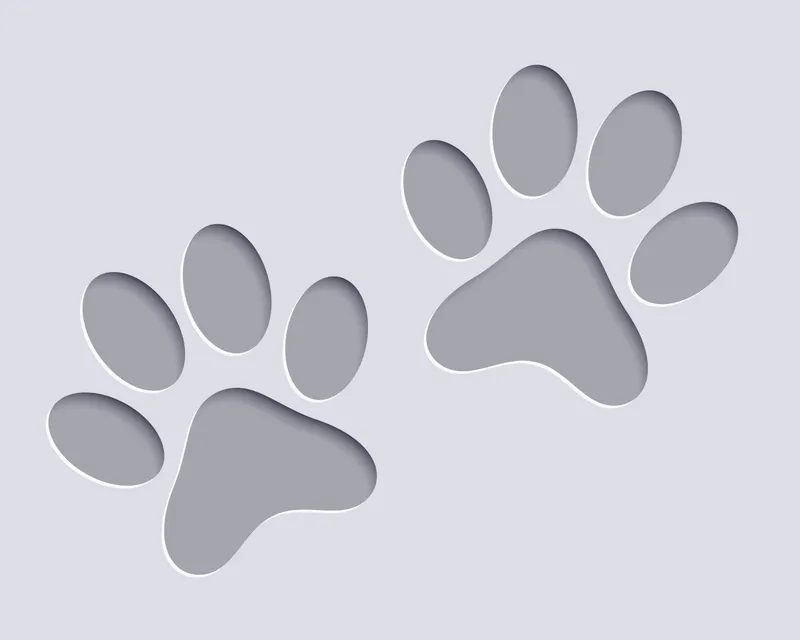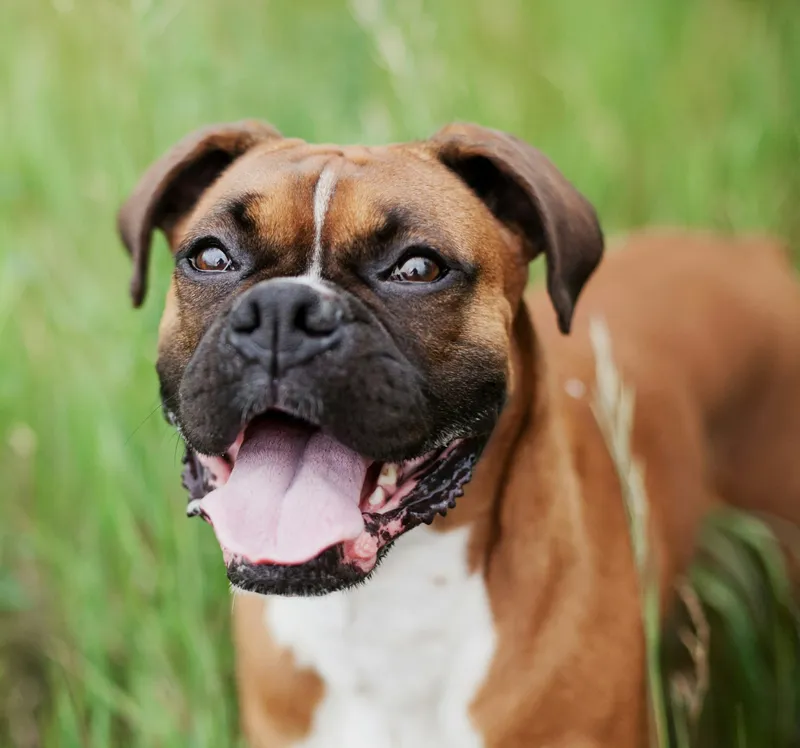Doberman Pinscher
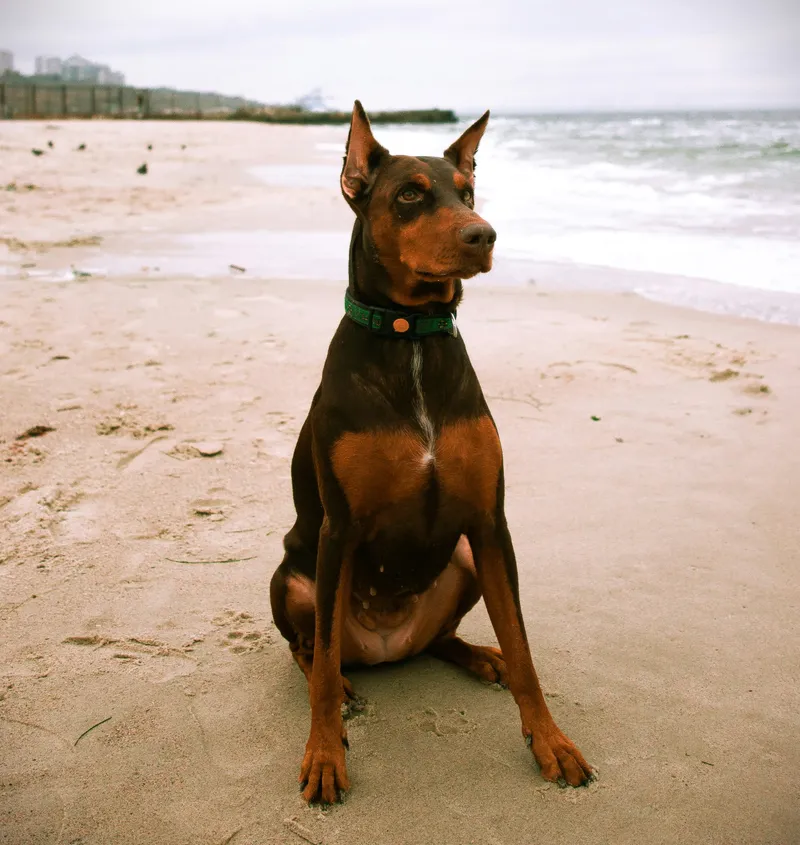
Description
The Doberman Pinscher is a medium to large-sized breed known for its sleek, powerful build and distinctive appearance. Originating in Germany during the late 19th century, the breed was developed by a tax collector named Karl Friedrich Louis Dobermann, who aimed to create a loyal and protective companion to accompany him on his rounds. Dobermans are often recognized for their intelligence, agility, and versatility, making them popular choices for various roles, including police, military, and service dogs. They typically have a short, smooth coat that comes in various color combinations, including black, blue, fawn, and red, often with rust-colored markings.
Personality
Doberman Pinschers are known for their loyalty, confidence, and intelligence. They form strong bonds with their families and are very protective of their loved ones, often displaying a natural instinct to guard. This breed is also known to be affectionate and playful, especially with their family members. Dobermans are highly trainable and thrive on mental stimulation and physical exercise. However, they can be wary of strangers, making early socialization crucial to ensure they develop a well-rounded temperament. With proper training and socialization, they can be friendly and well-adjusted companions.

Care Requirements
Doberman Pinschers require regular exercise to maintain their physical and mental health. Daily walks, playtime, and training sessions are essential to keep them happy and engaged. They thrive in active households where they can participate in various activities. Grooming needs are minimal due to their short coat, requiring only occasional brushing to remove loose hair and keep their coat healthy. Regular dental care, nail trimming, and ear cleaning are also important aspects of their overall care. Additionally, they should be provided with a high-quality diet suited to their age, size, and energy level. Socialization from a young age is critical to prevent behavioral issues, and consistent training will help them develop into well-mannered pets.
Suitable For:
- Families with children due to their high affinity for kids
- Individuals seeking a protector or guard dog given their natural protective instinct
- Active individuals or families due to their high-energy nature
- Owners willing to invest time in training as they are highly trainable
- Households looking for a playful yet disciplined pet
Not Suitable For:
- Homes with multiple dogs, as Dobermans can sometimes be less friendly with other dogs
- People who prefer quiet, low-energy dogs
- Owners who are not able to provide ample exercise and mental stimulation
- Those looking for a dog that is excessively friendly with strangers
- Households that cannot accommodate their need for training and discipline
Physical Characteristics
Doberman Pinschers typically stand between 24 to 28 inches tall at the shoulder, with males generally being larger than females. They weigh between 60 to 100 pounds. Their appearance is marked by a strong, muscular physique, a long neck, and a wedge-shaped head with a pronounced muzzle. The breed has large, expressive eyes that can be dark or amber, and their ears are often cropped to a point, although some owners choose to leave them natural. Their short coat is low-maintenance and lies flat against their body, providing them with a sleek and elegant look.
Height
Male: 26" - 28"
Female: 26" - 28"
Weight
Male: 75 - 100 lbs
Female: 60 - 90 lbs
Life Expectancy
10 - 12 years
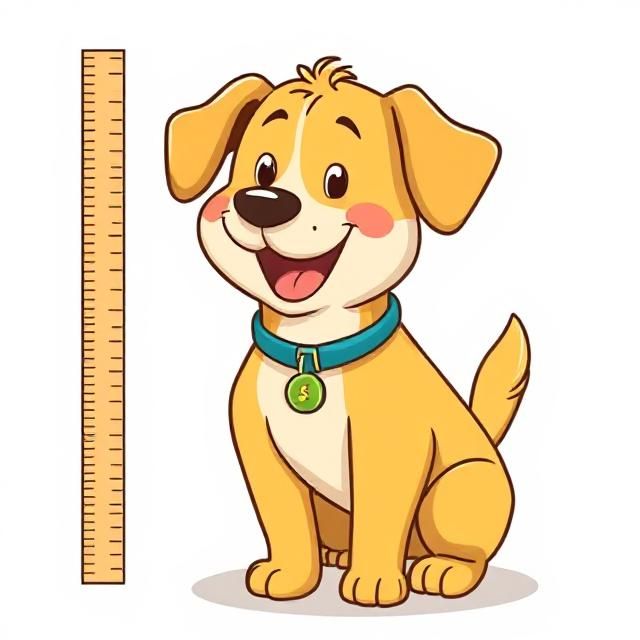
Breed Profile
Breed Characteristics
Maintenance Requirements
Breeds Similar to Doberman Pinscher
Based on temperament, size, and care requirements, these breeds share similar characteristics:
Frequently Asked Questions
Affiliate Disclosure: Pet Breed Hub participates in affiliate programs. We may earn a commission from qualifying purchases made through links on this page, at no additional cost to you. These commissions help us maintain this free resource. Learn more
Recommended Products for Doberman Pinschers
Fun Facts
The Doberman Pinscher was initially bred by a German tax collector named Louis Dobermann in the late 19th century. He wanted a medium-sized guard dog to accompany him on his rounds, so he combined several different breeds, including the Rottweiler, German Pinscher, Greyhound, and Weimaraner, to create the Doberman Pinscher.
The Doberman Pinscher has a unique color pattern. While many breeds can have black, brown, or blue coats, Dobermans are unique in that they always maintain a pattern of markings on their chest, paws, muzzle, and eyebrows, regardless of their primary coat color.
A unique behavior of Doberman Pinschers is their inherent protective instinct. This breed is known to be extremely loyal and protective of their family, often showing a fearless attitude when they perceive a threat. They are also quick to learn and respond to commands, making them one of the top breeds for police and military work.
During World War II, Doberman Pinschers served in the U.S. Marine Corps' war dog program. The most famous Doberman from this time was a dog named Kurt, who alerted troops to Japanese soldiers and saved the lives of many. He was the first dog casualty in the Battle of Guam in 1944 and was awarded the Purple Heart for his service.
In popular culture, the Doberman Pinscher has often been depicted as a villain or guard dog due to their protective instincts and imposing physique. However, this portrayal often overlooks their intelligence, loyalty, and playful nature. Despite their somewhat intimidating appearance, they are known to be gentle with family members and have a great love for play and activity.
